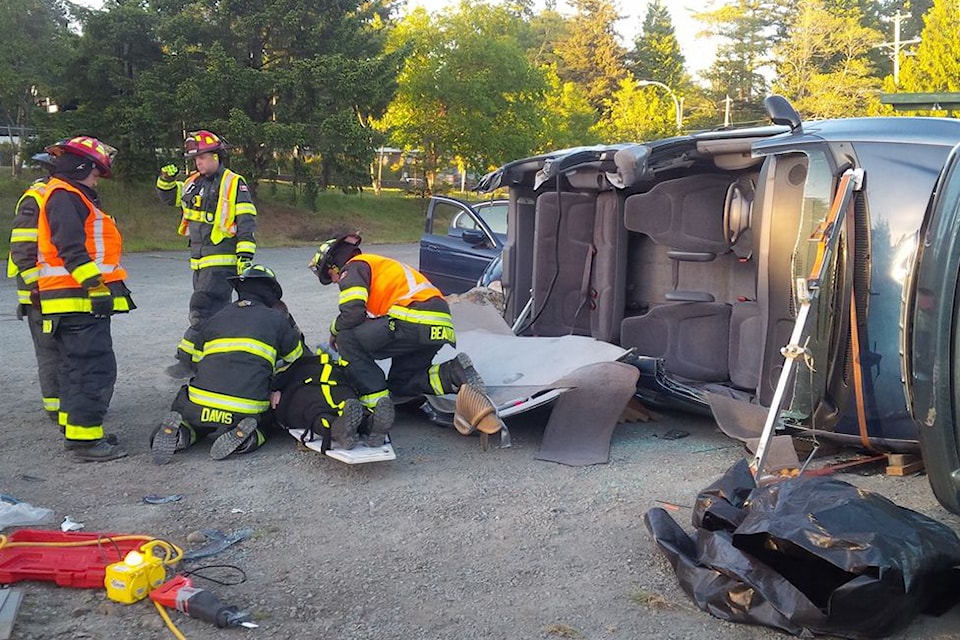Sooke Fire Rescue’s shift to a 24/7 service model has dramatically improved its emergency response capabilities, according to Fire Chief Wayne Kennedy.
One year after the department expanded its coverage, response times have quickened, and operational efficiency has surged.
The enhanced readiness proved crucial during several emergencies, notably the fires along the Galloping Goose Trail in May 2023. Shortly after implementing the around-the-clock service, firefighters were able to mobilize swiftly, mitigating what could have been a catastrophic blaze in the dry, forested area.
Another test came in July 2024 with the Old Man Lake wildfire. The constant availability of firefighters enabled immediate life-safety measures, including the rapid evacuation of the Spring Salmon Campground, averting what officials feared could have been a major disaster.
The extended hours have also significantly improved medical response, particularly for motor vehicle accidents. With teams always on standby, Sooke has seen a noticeable improvement in the speed of care delivered to accident victims, potentially reducing the severity of injuries.
“The ability for officers to focus on planning and command, rather than juggling multiple roles, has improved our decision-making and overall safety,” Kennedy said.
“While the transition came with its challenges, including staffing and financial adjustments, the results are clear – our community is safer, and our firefighters are better supported.”
Staffing a 24/7 department requires careful management, and Kennedy pointed to recruitment and retention as ongoing challenges. The department, comprised of 16 full-time firefighters and roughly 30 paid-on-call personnel, must strike a delicate balance to avoid staff burnout.
Sooke has also bolstered its capabilities with specialized roles, including an emergency program manager who oversees preparedness and response strategies, and a Fire Smart coordinator who works with the community to reduce fire risks.
The financial demands of maintaining this service are projected to grow. The department's budget is expected to rise from $2.34 million in 2023 to $3.56 million by 2028. This increase is primarily due to the need for additional staff, equipment upgrades, and ongoing training. The property tax impact for residents is estimated to range between $335 and $500 annually.
To support the 24-hour coverage, the department has earmarked $235,000, including the addition of three new firefighters. However, Kennedy pointed to some unexpected financial relief, as overtime costs, which had historically reached $90,000 annually, are now projected to stay below $25,000 – a savings he said is contributing to both fiscal sustainability and the well-being of firefighters by reducing burnout.



